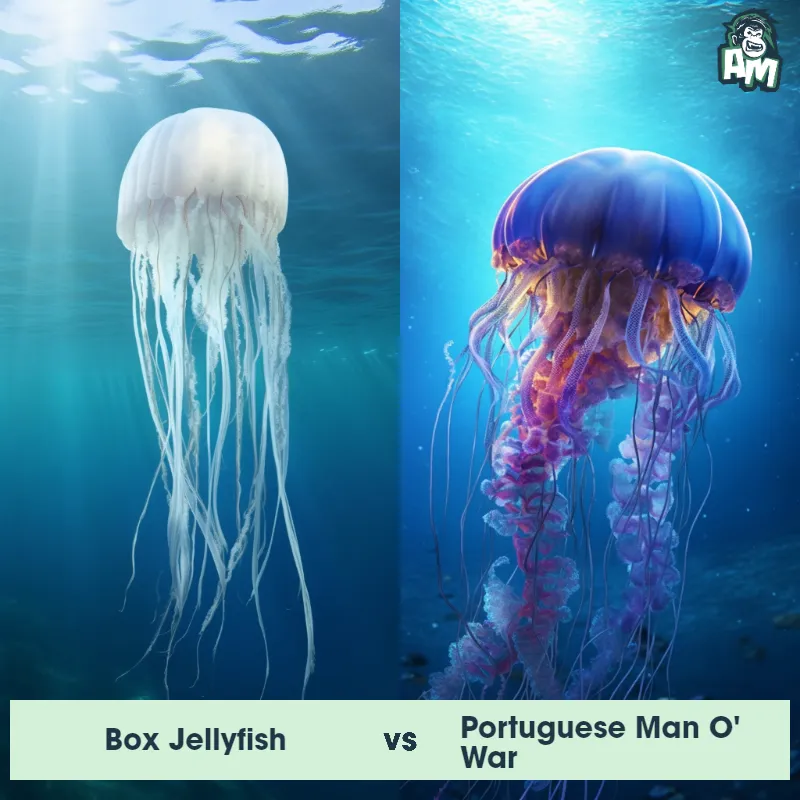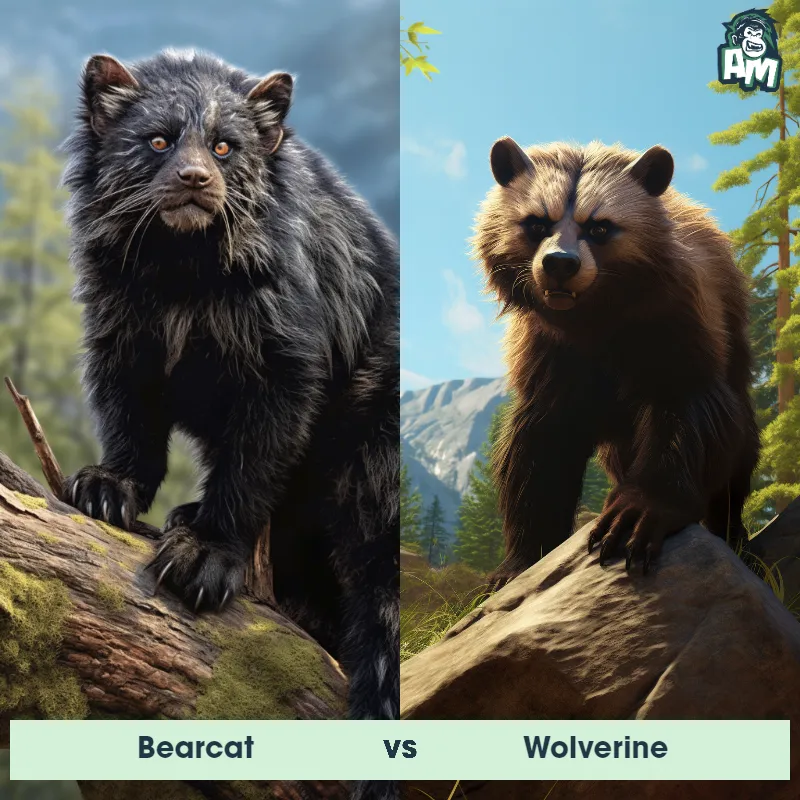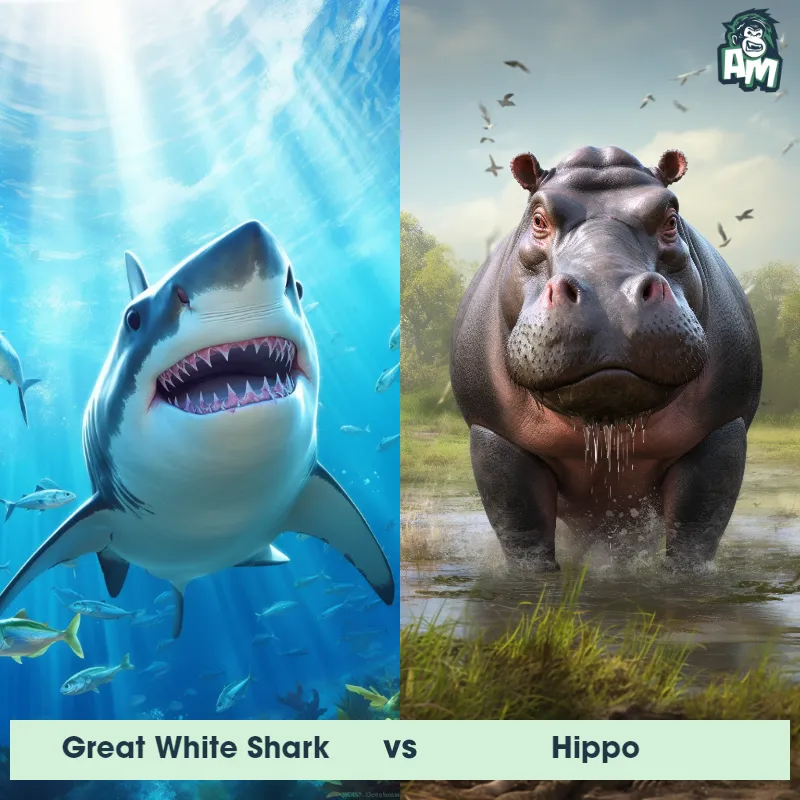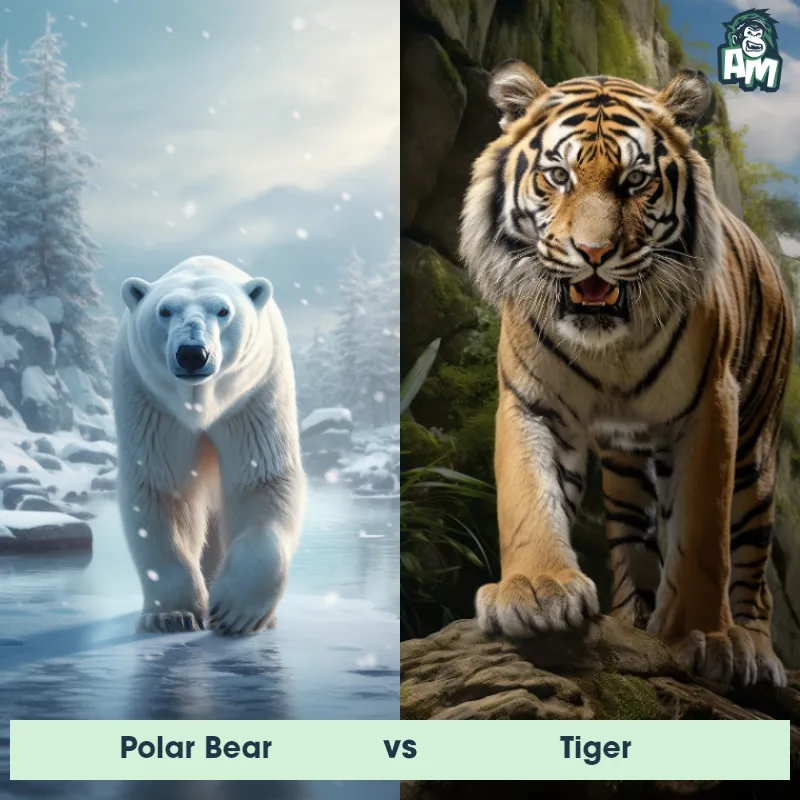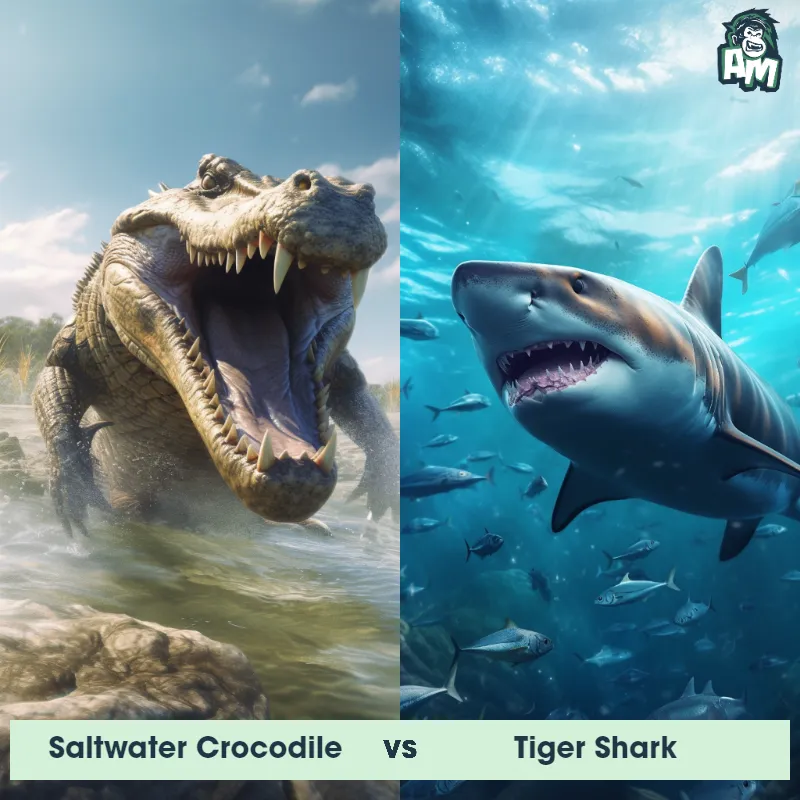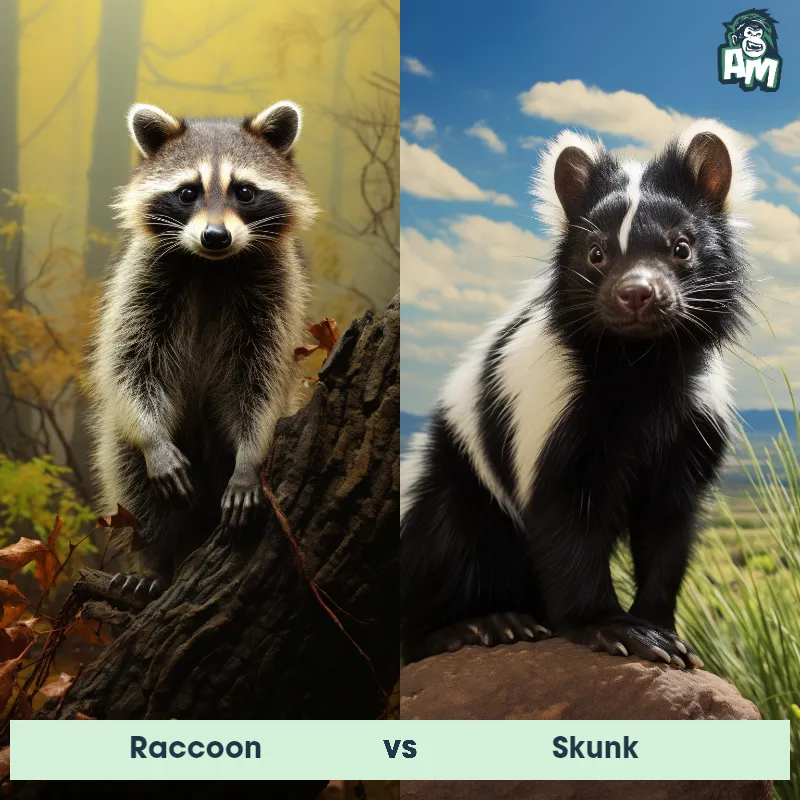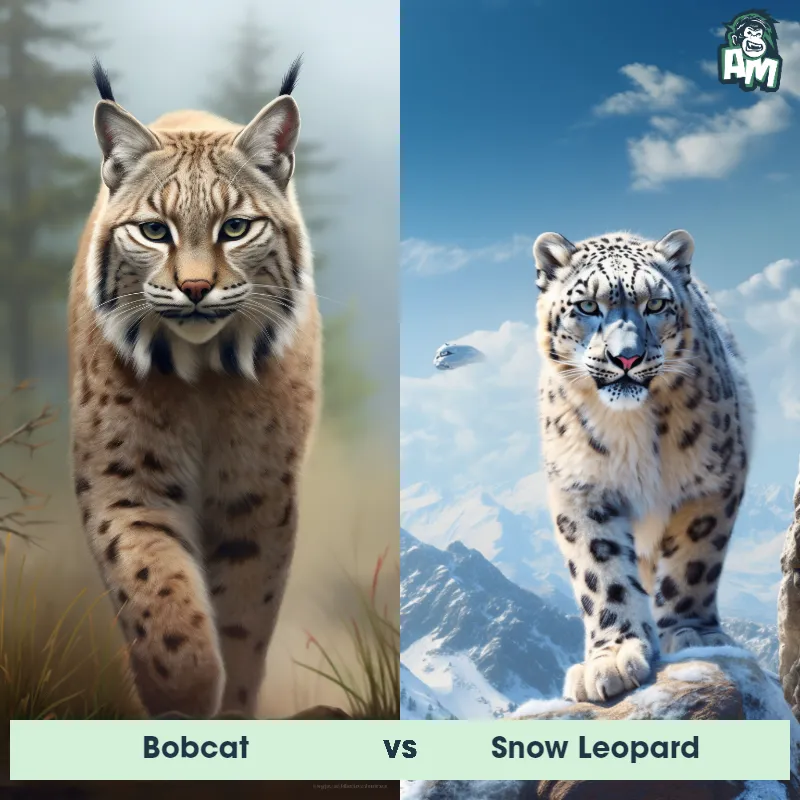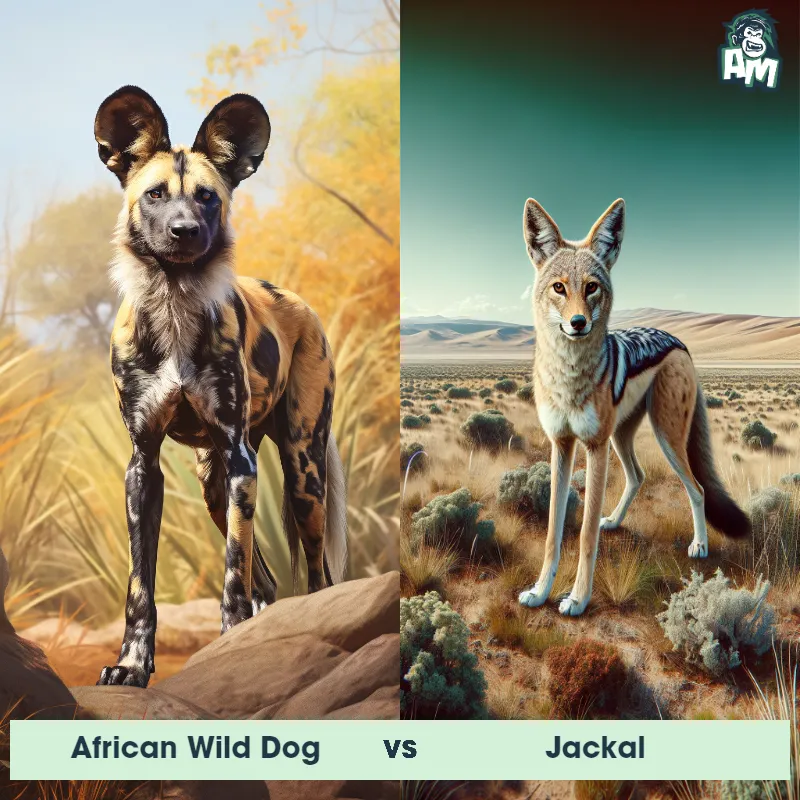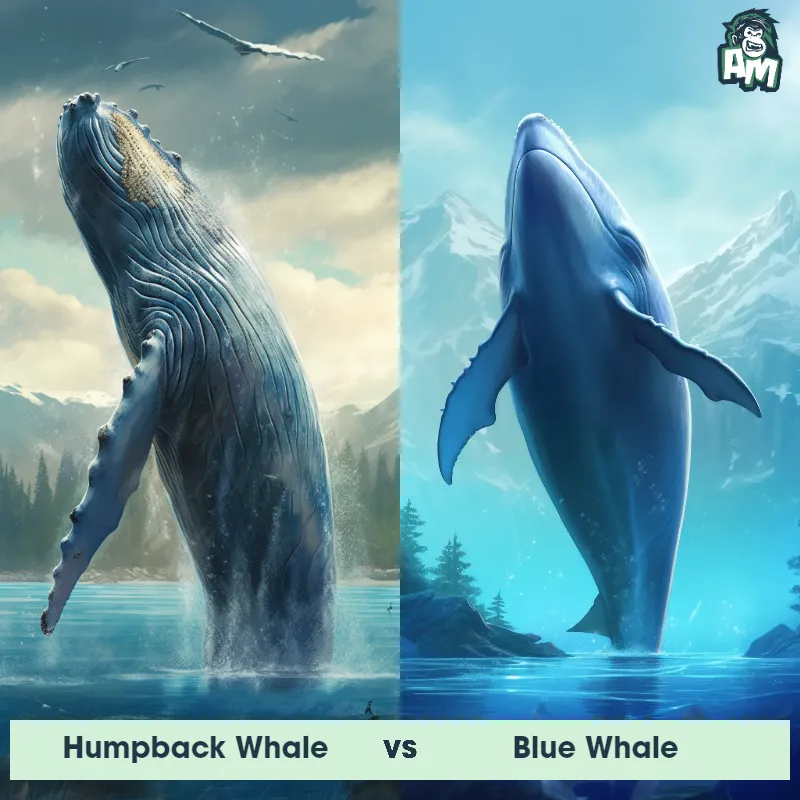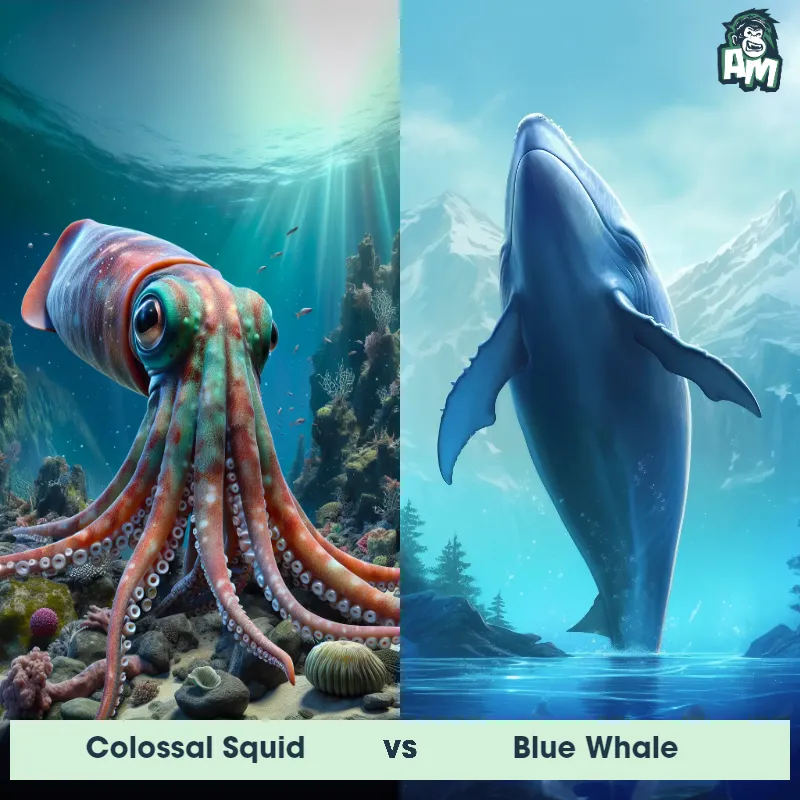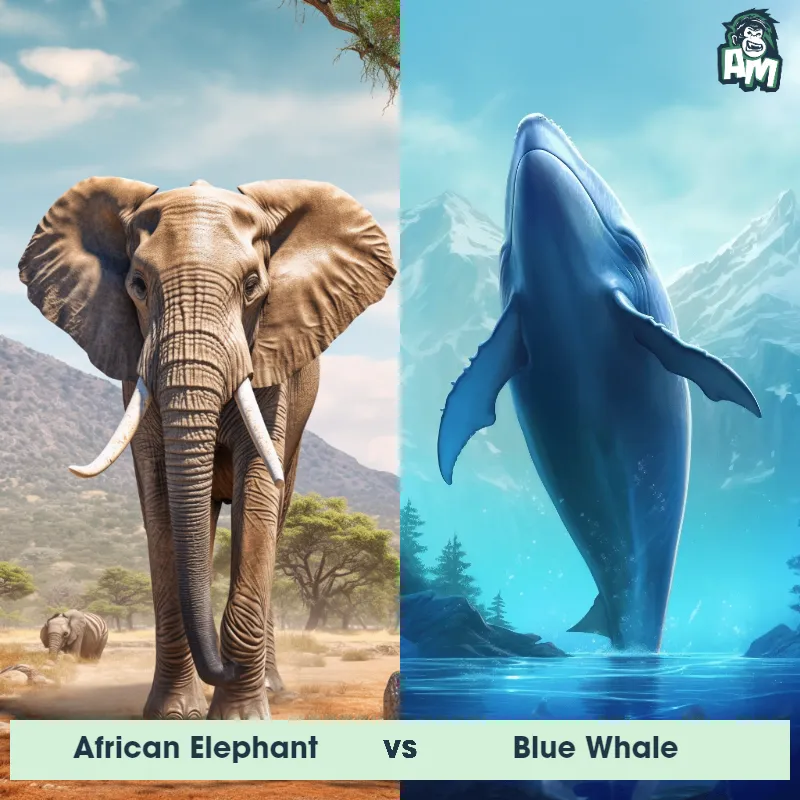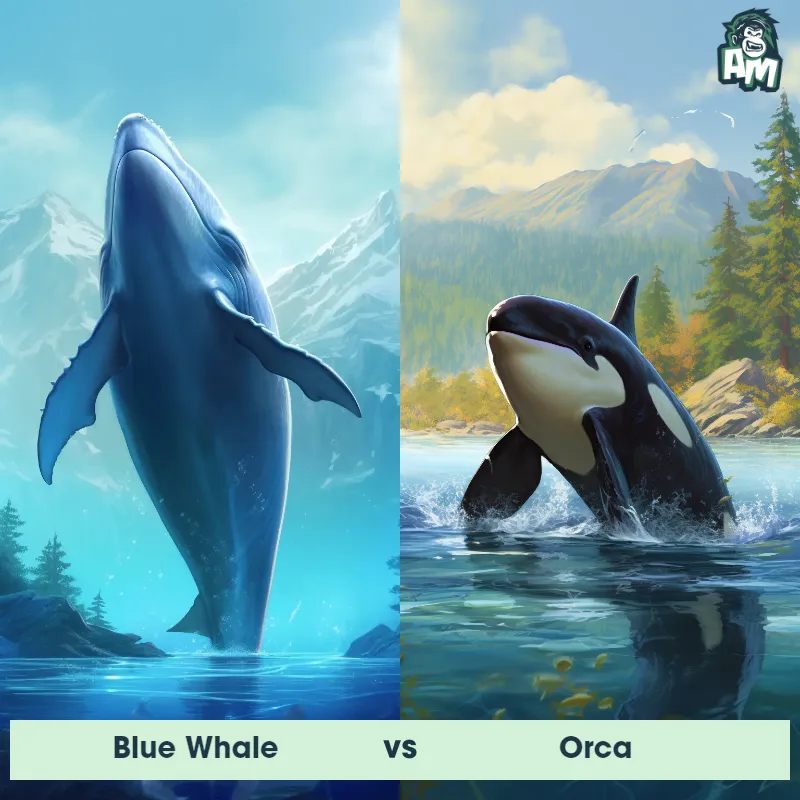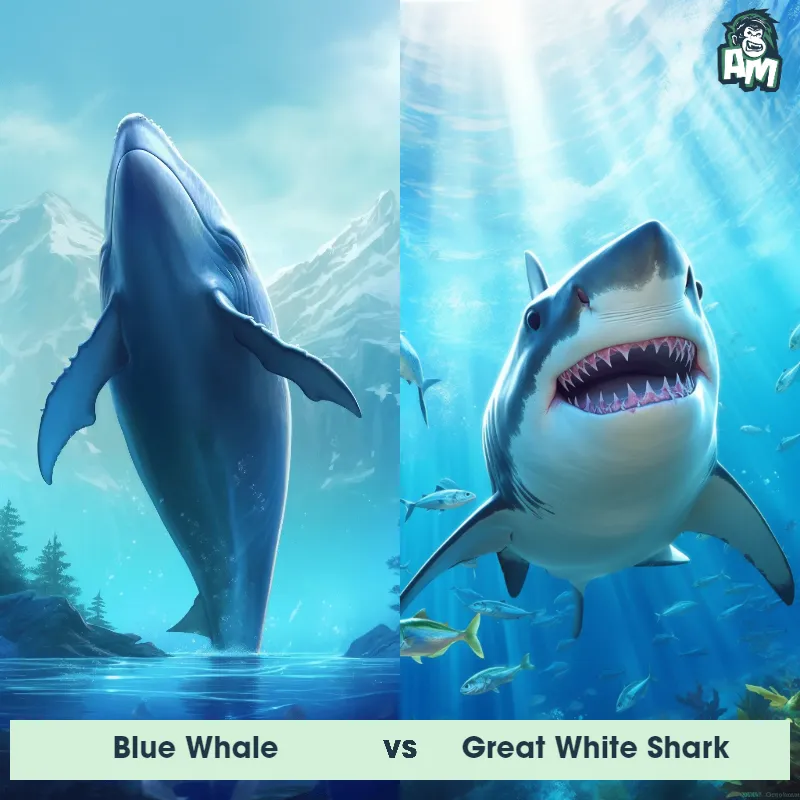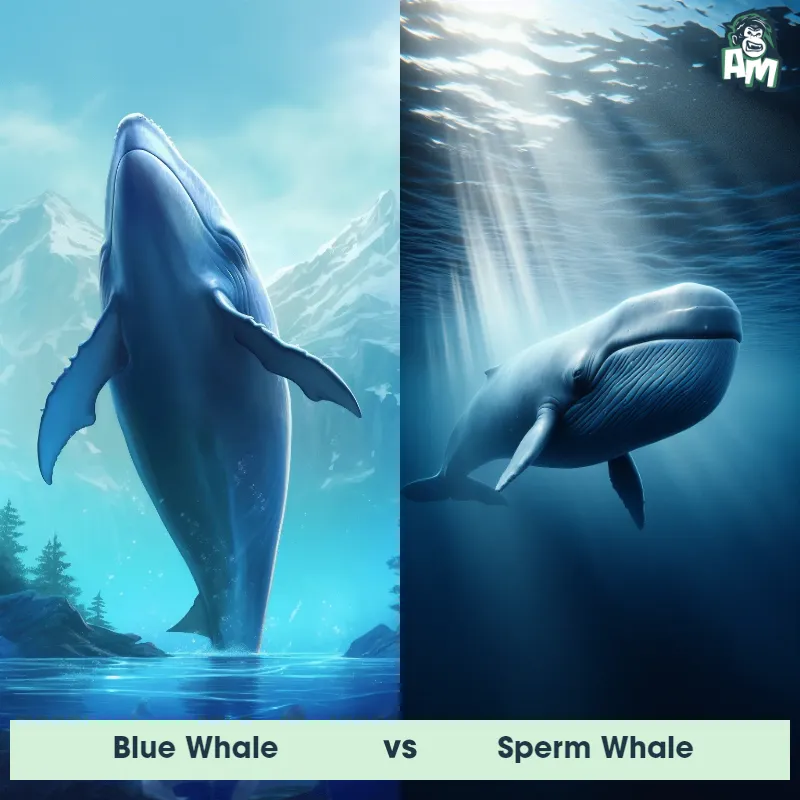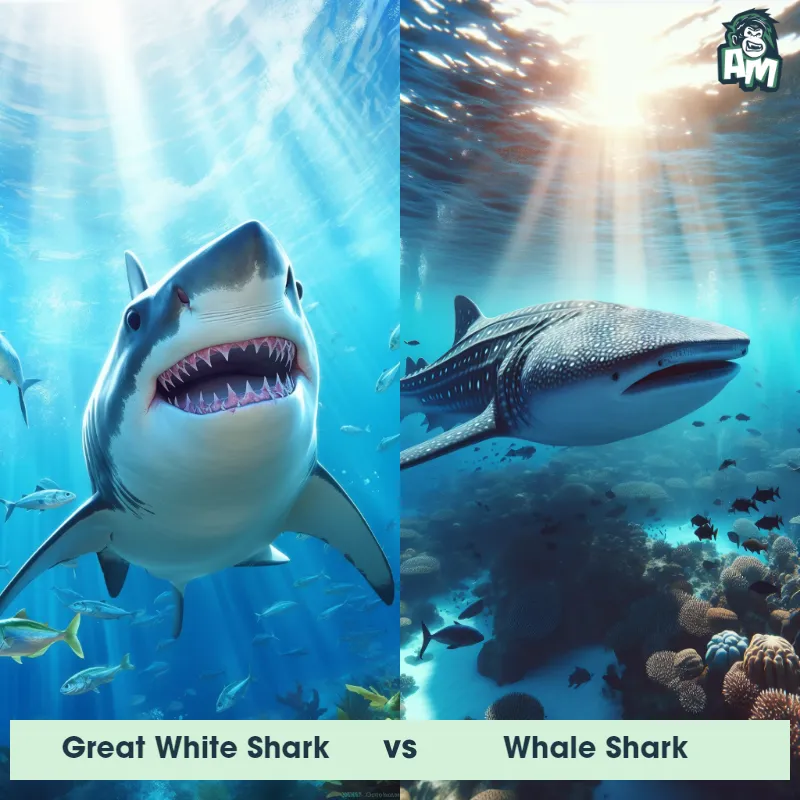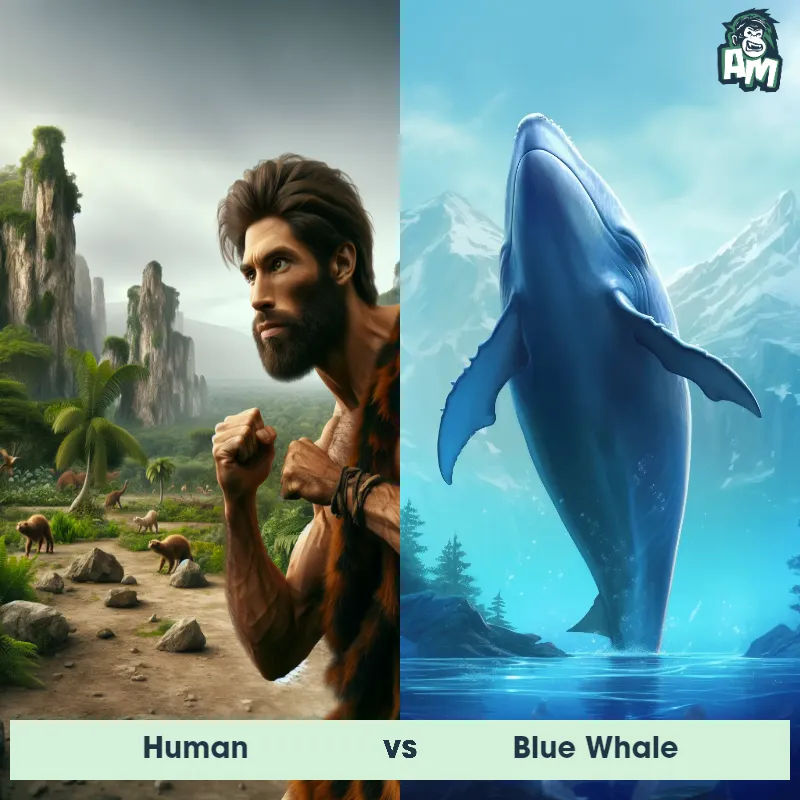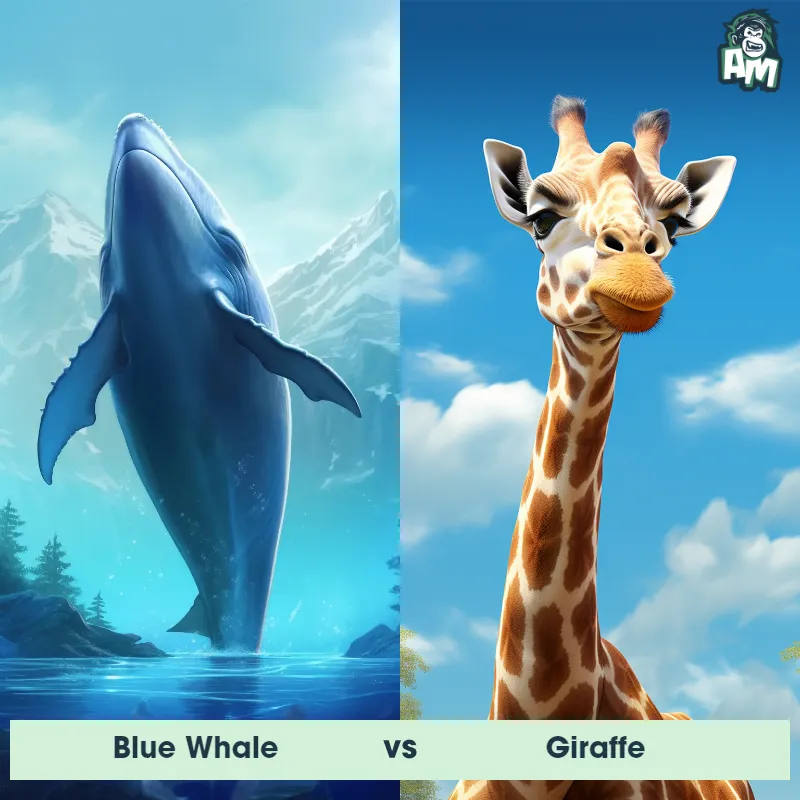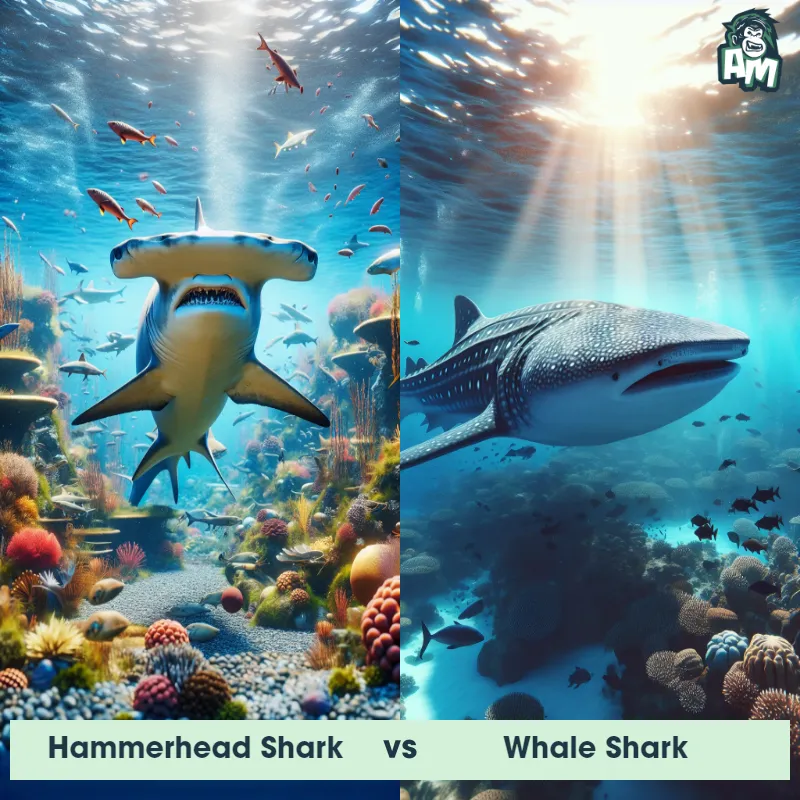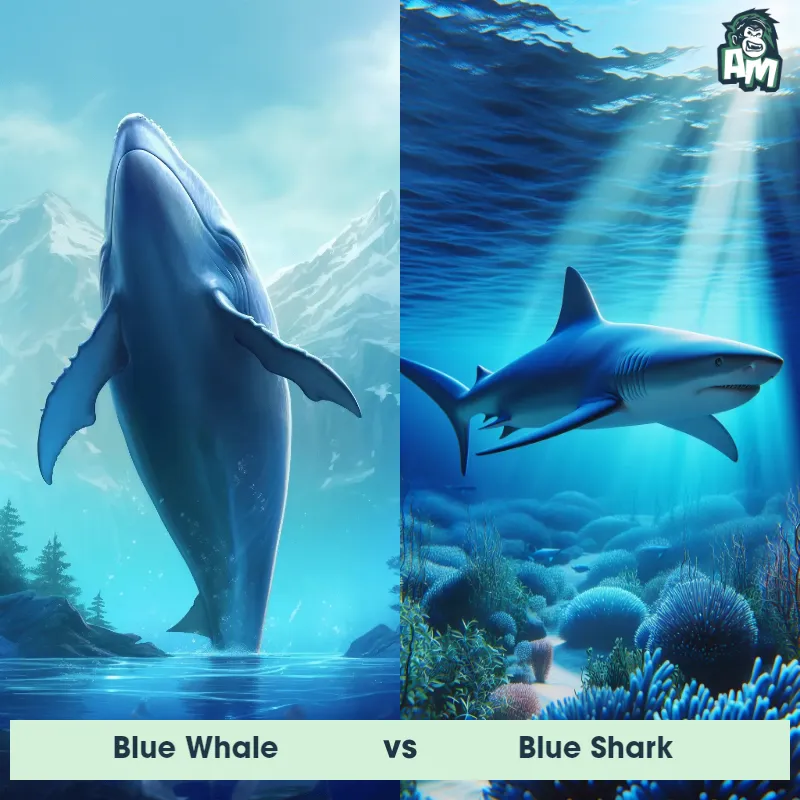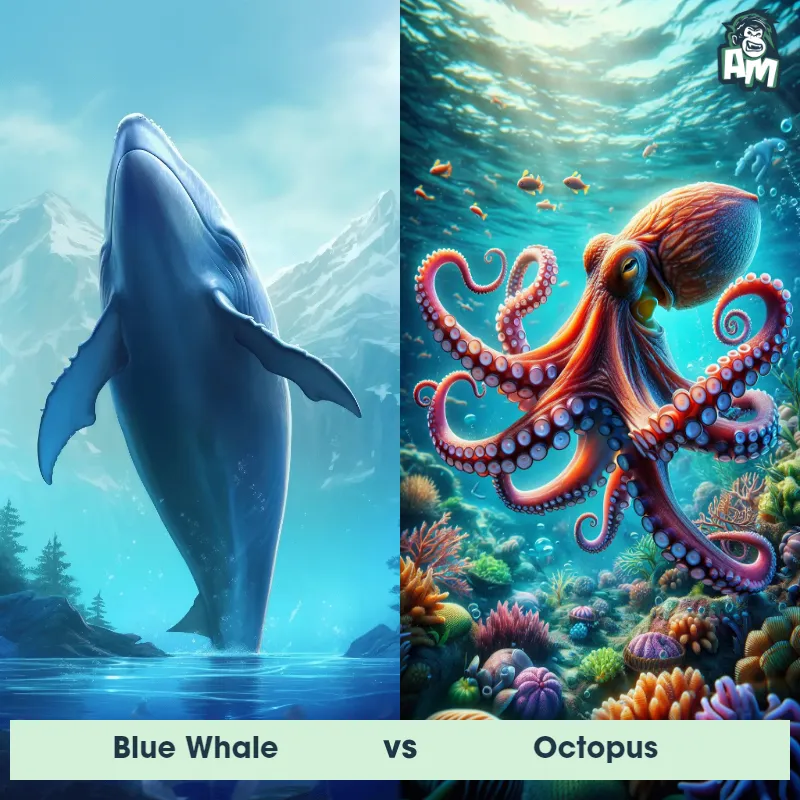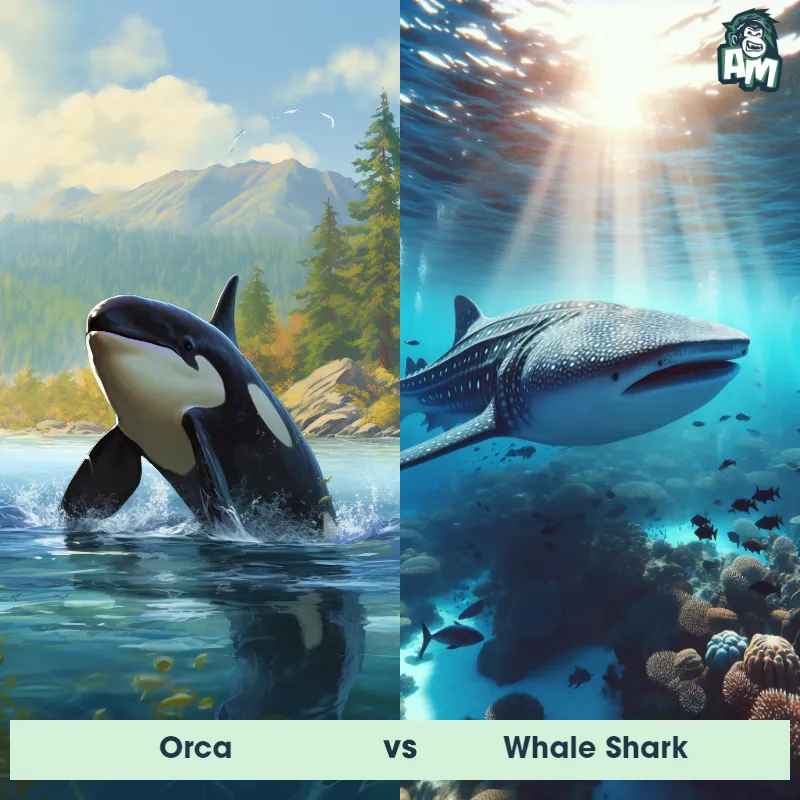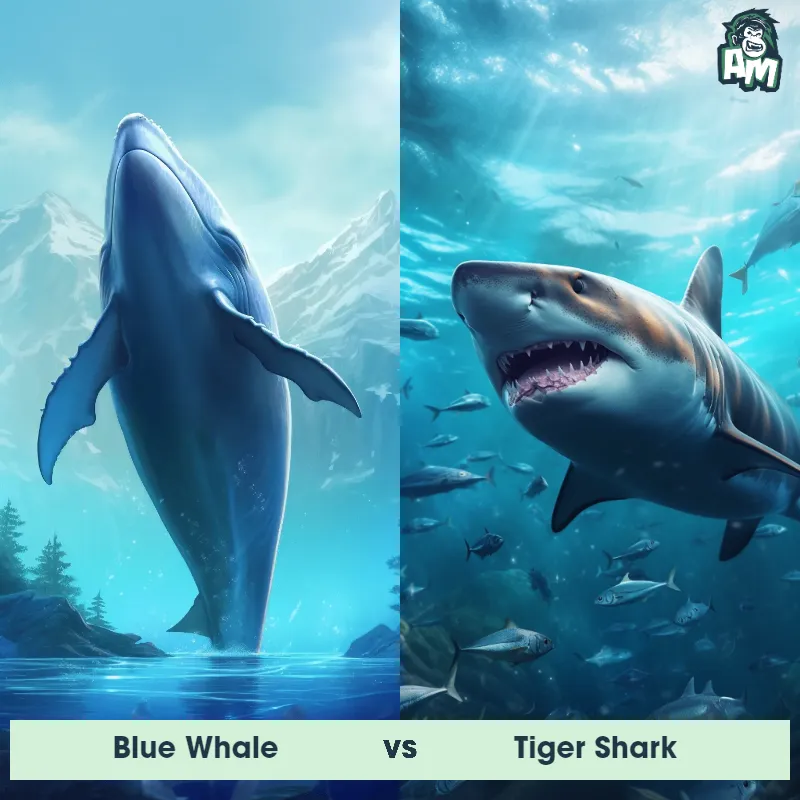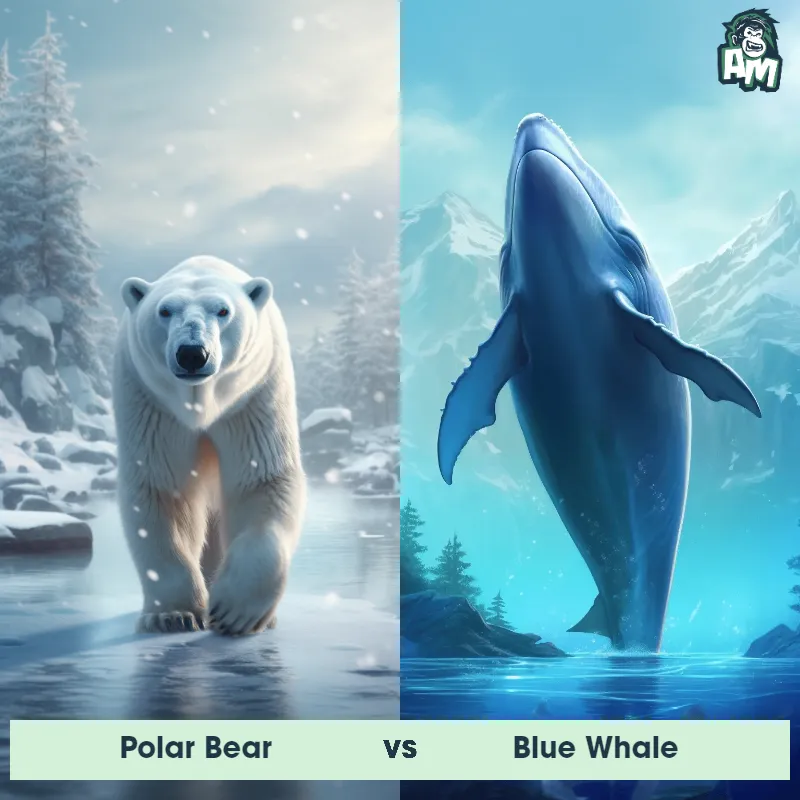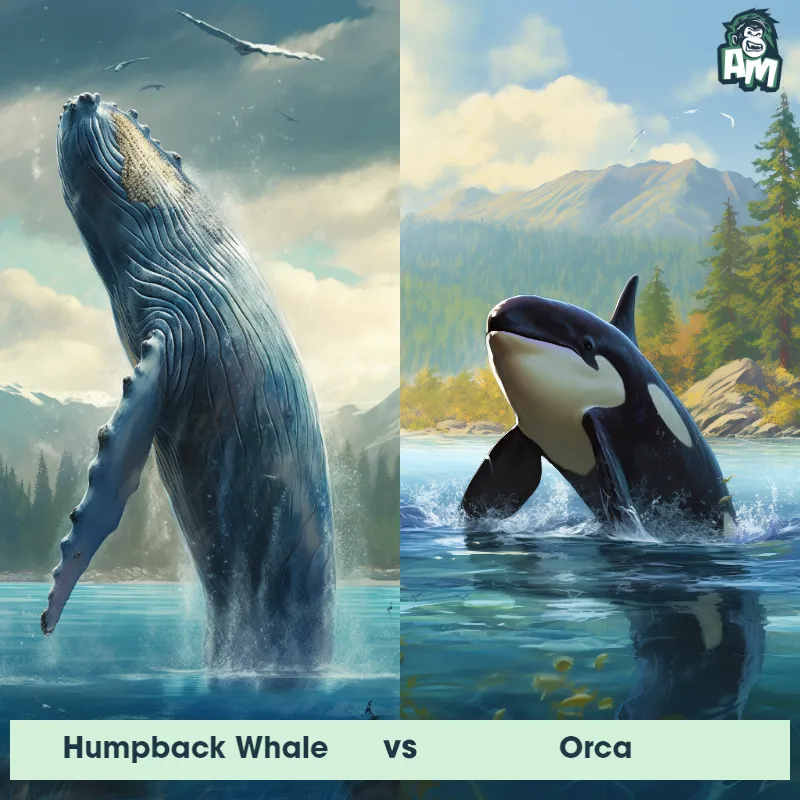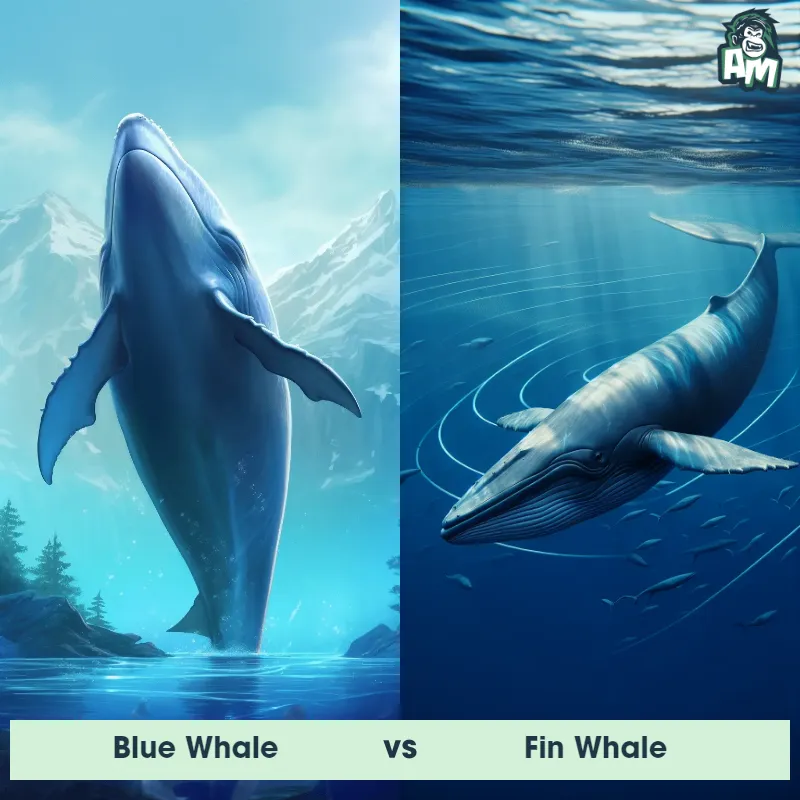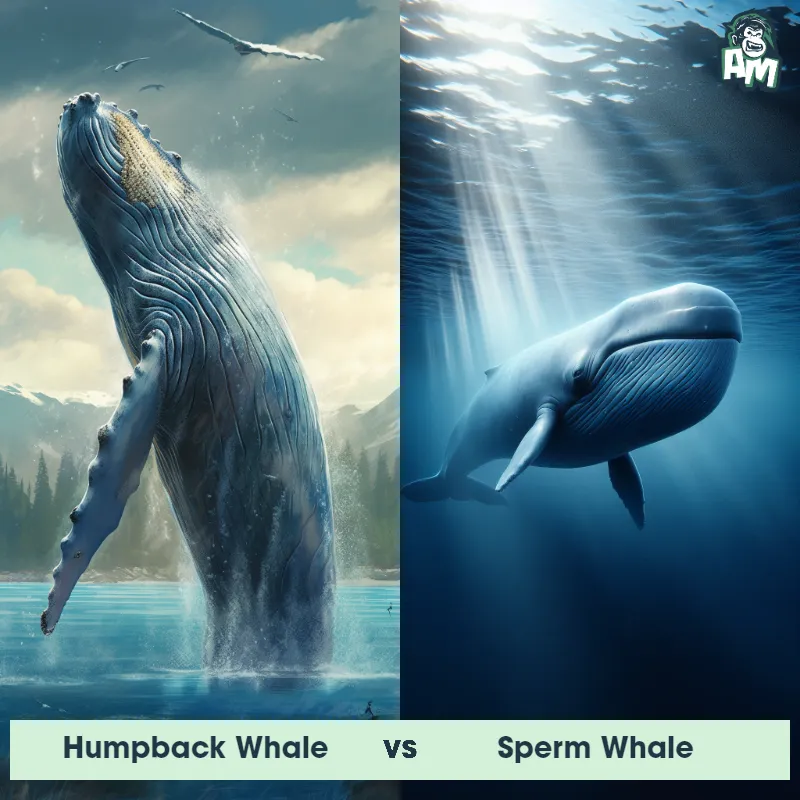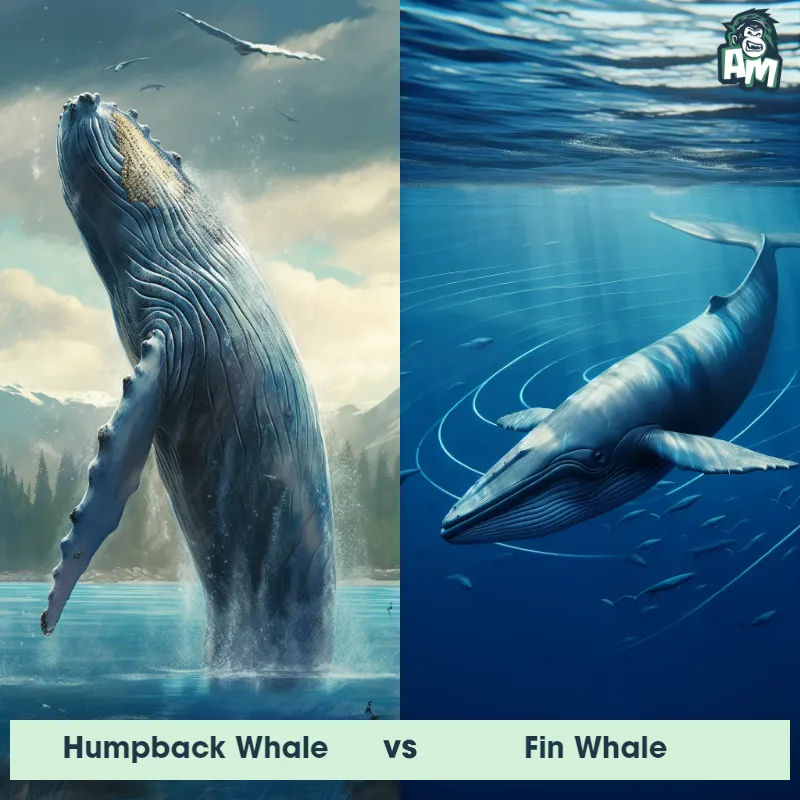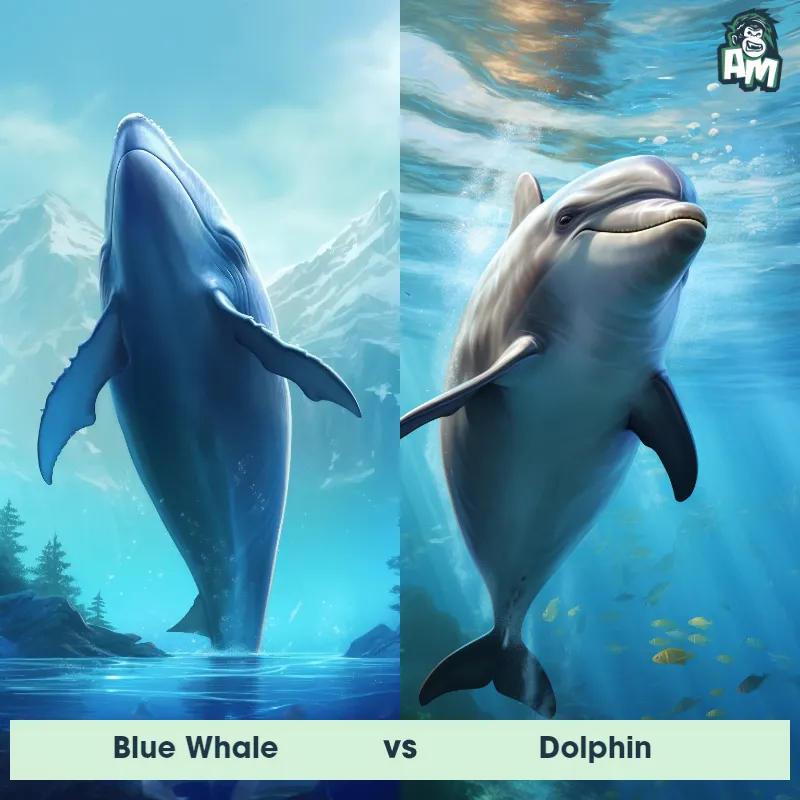Blue Whale vs Whale SharkSee Who Wins

Ladies and gentlemen, welcome to the thrilling matchup between two titans of the deep blue. In the left corner, we have the heavyweight champion of the ocean, the Blue Whale! And in the right corner, we have the agile and fearsome warrior, the Whale Shark! It's a battle of strength versus speed, as these magnificent creatures prepare to compete in a legendary showdown. Let's dive right into the action and see who claims victory in this epic encounter!
Contender 1: Blue Whale
The Blue Whale, also known as Balaenoptera musculus, is the largest animal on Earth, reaching lengths of up to 100 feet and weighing up to 200 tons. They have a long, streamlined body with a bluish-gray color and a small dorsal fin. Their diet consists mainly of krill, which they filter through their baleen plates. Blue Whales are known for their loud, low-frequency vocalizations, which can be heard for hundreds of miles.
Fun Fact: Blue Whales have the largest heart of any animal, weighing up to 1,000 pounds and being the size of a small car.
Contender 2: Whale Shark
The Whale Shark, known scientifically as Rhincodon typus, is the largest fish species in existence, reaching lengths of up to 40 feet and weighing around 20 tons. This gentle giant has a distinctive flattened head, a wide mouth lined with rows of small teeth, and a broad, rounded snout. Its body is covered in a unique pattern of light spots and stripes against a dark blue-gray color, which helps in camouflage. Despite its massive size, the Whale Shark is considered a filter feeder, sieving huge volumes of water through its gills to capture tiny plankton, small fish, and even small squid.
Fun Fact: The Whale Shark holds the title for being the largest fish in the ocean, but it is actually not a whale at all! It is a species of shark, classified under the order Orectolobiformes, which includes other well-known sharks like the Nurse Shark and the Wobbegong Shark.
Matchup Stats
| Blue Whale | Whale Shark | |
|---|---|---|
| Size | Up to 100 feet (30.5 meters) | Up to 40 feet (12 meters) |
| Weight | Up to 200 tons (181 metric tons) | Around 20 tons (18,000 kilograms) |
| Speed | Speed: 20 mph (32.19 km/hr) | 3mph (5km/h) |
| Key Strength | None | None |
| Biggest Weakness | Slow movement | None |
Current Votes
Blue Whale vs Whale Shark
See Who Wins
View More Matches
Looking For More?
Similar Matches
Scientific Stats
| Blue Whale | Whale Shark | |
|---|---|---|
| Scientific Name | Balaenoptera musculus | Rhincodon typus |
| Family | Balaenopteridae | Rhincodontidae |
| Habitat | Open ocean | Open ocean |
| Geography | Worldwide | Tropical and warm waters worldwide |
| Diet | Krill | Plankton, small fish, and small squid |
| Lifespan | 80 years - 90 years | 70 years - 100 years |
Key Differences between Blue Whale and Whale Shark
- Coloration: Blue Whales have a predominantly bluish-gray coloration with mottled patterns, while Whale Sharks have a distinctive pattern of light spots and stripes on a dark gray or brownish background.
- Size: The Blue Whale is the largest animal on Earth, growing up to 100 feet in length, whereas the Whale Shark, although still enormous, reaches an average length of around 40 feet.
- Tail shape and fluke: Blue Whales have a broad, deeply forked tail fluke, which they use to generate powerful propulsion, while Whale Sharks have a rounded, crescent-shaped tail with a prominent upper lobe.
- Ventral pleats: Blue Whales have ventral pleats on their underside, which extend from their chin to their naval, enabling their throat to expand during feeding, whereas Whale Sharks lack these pleats.
- Body shape: The Blue Whale has a streamlined body with a long, slender shape and a small dorsal fin, while the Whale Shark has a bulky, stocky body with a flattened head and a much larger dorsal fin.
- Mouth size and shape: Blue Whales possess a narrow, pointed mouth with baleen plates for filter-feeding, while Whale Sharks have a much wider mouth, stretching up to 4 feet wide, with numerous rows of small teeth.



